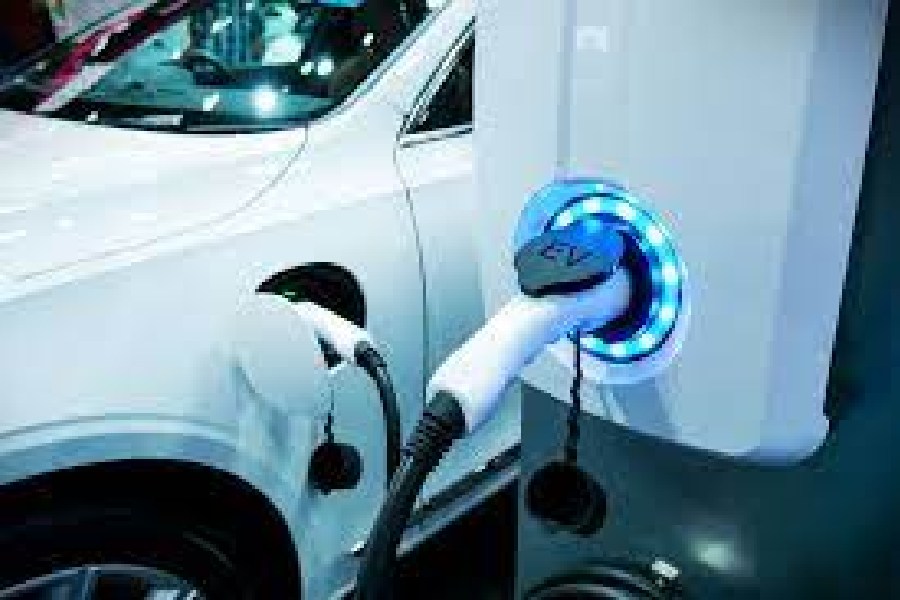A comprehensive electric mobility plan (CEMP) projects the Kolkata metropolitan area, which includes Kolkata, Howrah, Bidhannagar and New Kolkata, will have around 3,55,000 electric vehicles (EVs) by the end of 2030, according to a report.
The projected EVs will comprise 312,065 two-wheelers, 6,258 three-wheelers, 23,108 private four-wheelers and 23,108 commercial four-wheelers, according to the report drawn up by Niti Ayog and the Asian Development Bank (ADB).
The central government aims for 30 per cent of new vehicle sales to be electric by 2030.
According to India’s 2030 EV ambition, signalled by Niti Aayog, India will have EV sales penetration of 30 per cent for private cars, 70 per cent for commercial vehicles, 40 per cent for buses and 80 per cent for two- and three-wheelers by 2030.
Kolkata was the first city in Asia to introduce public transportation system running on electricity in 1902 with the introduction of trams, a Niti Ayog officer told The Telegraph.
“The city can leverage the electricity infrastructure for accelerated and cost-effective EV adoption,” he said.
“CEMP presents a phased plan for transforming Kolkata to a global EV lighthouse city in India. It addresses the challenges faced in EV adoption by different government and private stakeholders and showcases the learnings from best practices of electric mobility both domestic and international,” he said.
There was nearly a four-fold increase in EV registration from 2021 to 2022, driven almost completely by electric two-wheelers (64 per cent) and four-wheelers (35 per cent).
The report recommends early adoption based on total cost of ownership in various vehicle segments.
“Electric vehicles used for commercial purposes are able to provide 30-40 per cent lower lifetime costs due to their high utilization. Electric two-wheelers are able to provide more than 50 per cent savings even in private usage, due to a small difference in up-front cost and the effective nature of these vehicles. Electric ferries are able to achieve 37.5 per cent lower lifetime costs compared to existing diesel ferries, despite their much higher up-front costs,” says the report.
The priority list includes government fleets, passenger four-wheelers for official use and patrolling, municipal solid waste collection where a door-to-door collection fleet of nearly 1,500 vehicles can be replaced with EVs, electric river ferries, corporate employee transport and urban freight.
